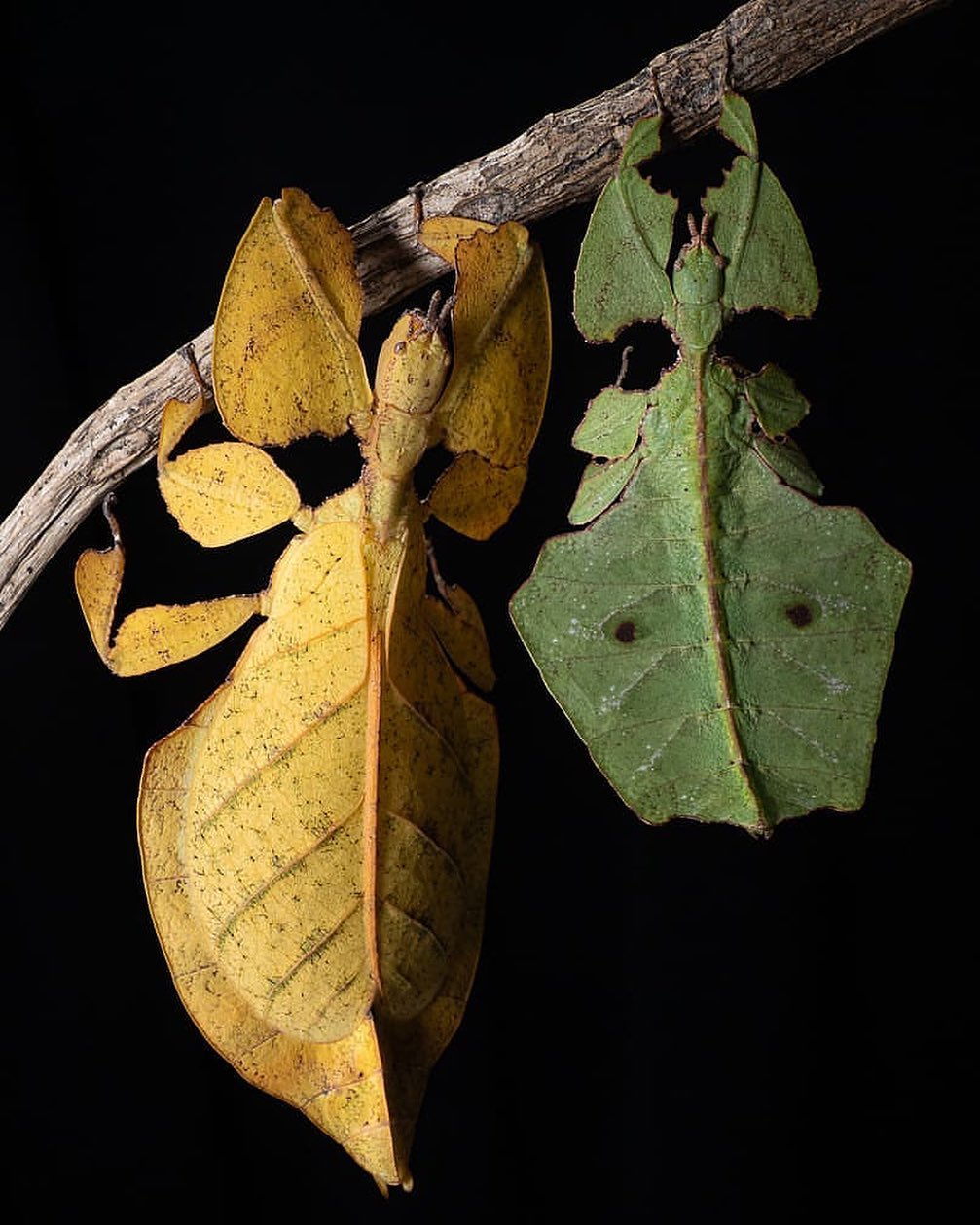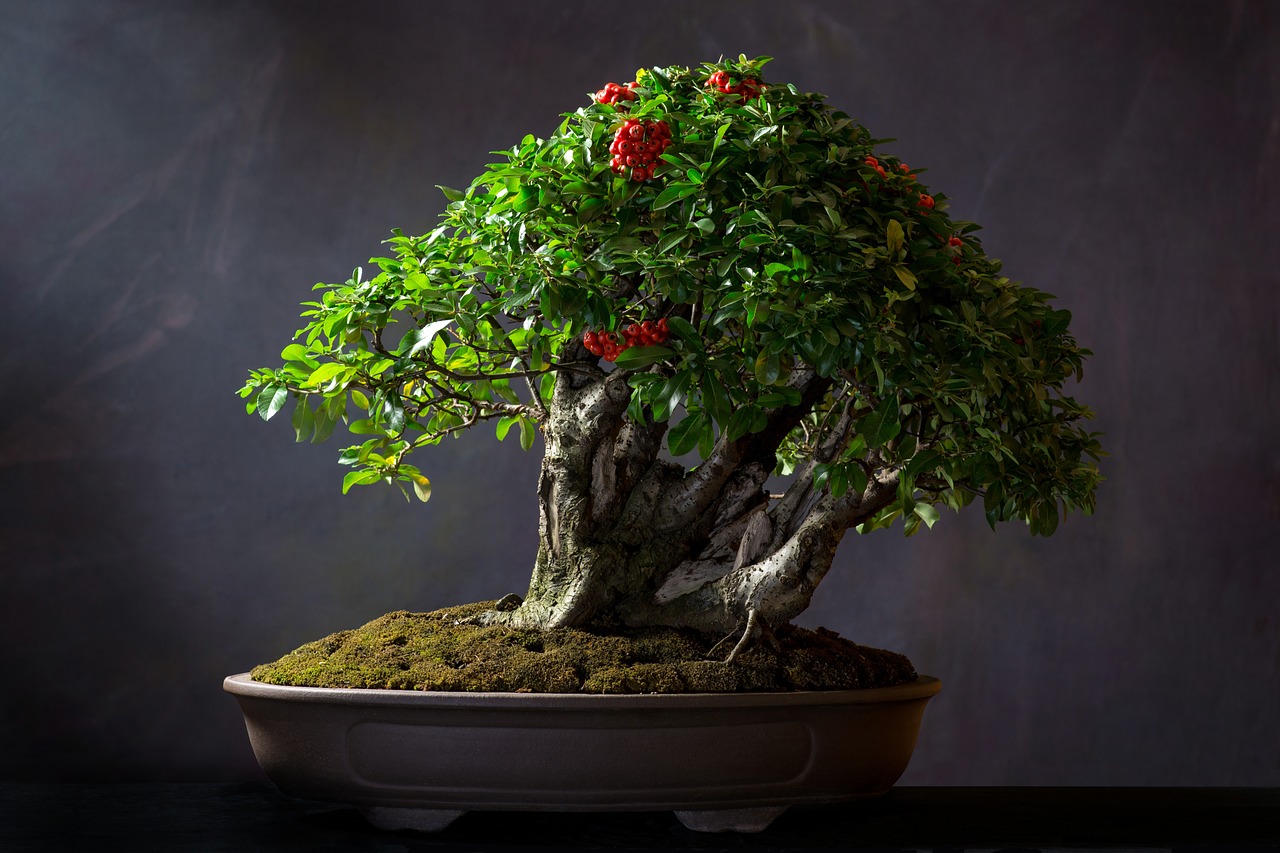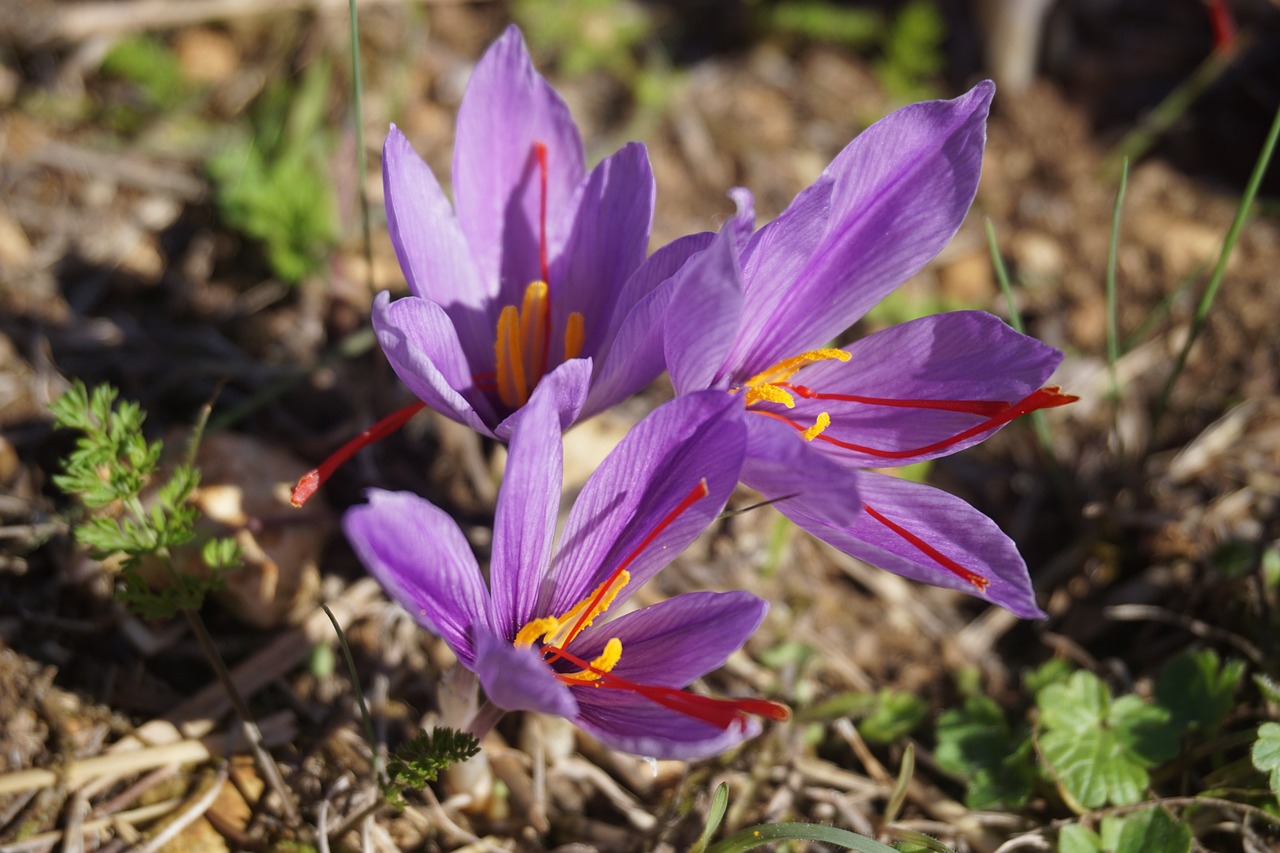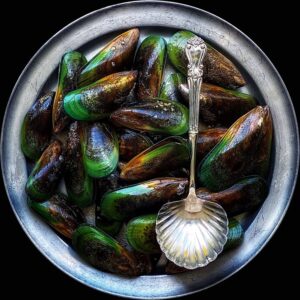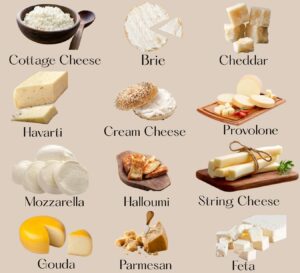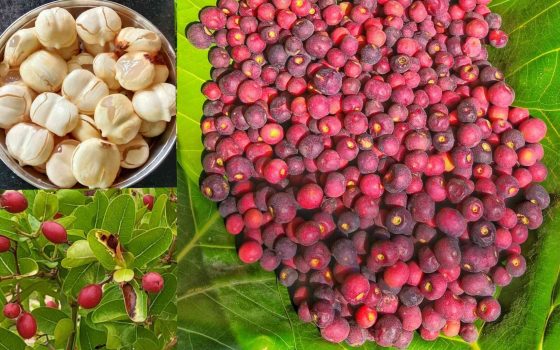 Pin
Pin When summer hits India, mangoes steal the spotlight like a rockstar. Every corner of the country starts celebrating its juicy arrival. But in that obsession, we forget the other fruits that come alive in this season—fruits that carry stories, flavors, and nostalgia just as rich.
These incredible Indian summer fruits often go unnoticed, quietly lying in baskets on roadside stalls or offered in steel bowls by grandmothers during a sweaty afternoon. They deserve more love—not just for their taste, but for what they represent. Some bring a cooling relief in the heat, while others remind us of childhood days spent under the sun. This list isn’t just about health. It’s about emotions, memories, and flavors that stick.
Let’s dive into ten Indian summer fruits that need their spotlight back.
Table of Contents
1. Jamun – The Stained Tongue & Sweet Bitterness
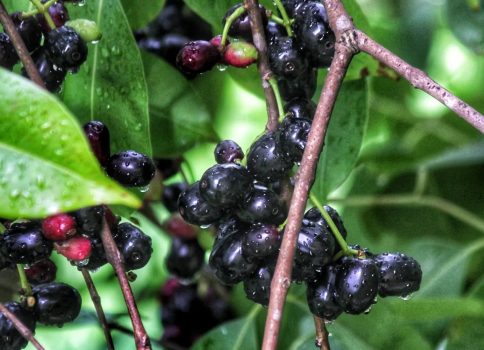 Pin
Pin Photo courtesy: view_through_the_viewfinder
There’s something about jamun that hits deep. That deep purple color. That sweet, sour, and ever-so-slightly bitter bite. And of course, the purple tongue after eating too many of them. Jamun isn’t just a fruit; it’s a whole experience.
This fruit appears in roadside carts in early summer. You’d spot kids popping them into their mouths and laughing as their tongues turn violet. The vendor would sprinkle black salt over the pile, shake it in a newspaper cone, and hand it over. That mix of salty and tangy hits you right in the mouth and somehow, in the heart too.
Jamun is great for health—it helps control sugar levels and keeps your digestion smooth. But beyond the science, it’s the way it sneaks into your memories that matters. You might not even realize how much you miss it until you taste it again. One bite, and you’re right back under that neem tree, summer wind blowing, purple fingers and all.
2. Tadgola (Ice Apple) – The Taste of Still Afternoons
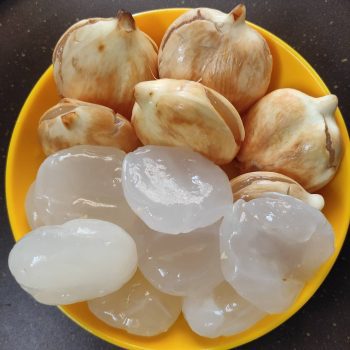 Pin
Pin Photo courtesy: chatori_chick
Tadgola, also called Ice Apple, is one of those fruits that cool not just your body, but your mind. It’s translucent, soft, and holds a mild sweetness that feels like peace in edible form. You don’t eat tadgola in a hurry. You peel it slowly, feel its smooth skin, and let it sit on your tongue like a pause button for summer chaos.
Found mostly in coastal regions like Maharashtra, Tamil Nadu, and Andhra Pradesh, tadgola is sold fresh—straight from palm trees. It looks simple but carries deep comfort. On afternoons when fans don’t help and the air feels thick, one chilled tadgola makes the world feel easier to handle.
It doesn’t scream for attention like mangoes. It whispers. It reminds you of the quiet parts of childhood—of sitting still with cousins, watching the world go slow. The cooling effect isn’t just physical. It slows your thoughts, gives you space. And somehow, you feel less tired, less rushed. That’s the kind of fruit tadgola is.
3. Shahtoot (Mulberry) – The Juicy Trail of Summer Mischief
 Pin
Pin Photo courtesy: purpletreepets
Shahtoot, or mulberry, is one of those fruits that rarely makes it to headlines, but anyone who’s tasted a ripe one straight from the tree knows the magic. Long and dark—almost black when fully ripe—these berries explode with juice and leave your hands and lips stained like a childhood secret.
The trees are usually tucked away in corners of parks, schools, or old backyards. And the fruit often came as a surprise—you didn’t plan for it, you just found it, and couldn’t stop picking. There’s something wild about shahtoot. You never ate just one. You ate as many as your stained palms could hold.
They’re sweet, but not in a polished way. They carry a wildness, a sort of free spirit. In many homes, shahtoot was never bought—it was found. It felt earned. Like a small reward for being curious and a little naughty.
It’s the kind of fruit that doesn’t just stay on your tongue. It follows you around in purple fingerprints and sticky memories.
4. Bael (Wood Apple) – The Fruit of Patience and Healing
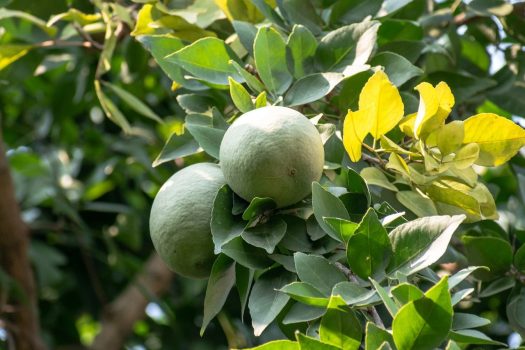 Pin
Pin Image by Rajesh Balouria from Pixabay
Bael isn’t the kind of fruit you crave instantly. It’s not flashy or juicy. It has a hard shell that needs a stone to crack open, and a fibrous pulp inside that’s mixed with water, jaggery, or sugar. But what it gives in return is unmatched relief—like a reward for patience.
This fruit is rooted deep in Indian tradition. Found in temple offerings, home remedies, and rural kitchens, bael is more than just food. It heals. People trust it to cool the body from inside, ease digestion, and build strength through sweltering months. One glass of bael sherbet, cold and slightly thick, feels like a balm after a hot day outside.
It carries the feel of old homes. Of grandmothers sitting on verandas, cracking bael open on stone floors. Of long talks and slow sips. Bael doesn’t just refresh—it grounds you. In a world full of quick snacks and faster days, this fruit reminds you to slow down, sip deeply, and stay rooted.
5. Karonda – The Wild, Tangy Rebel
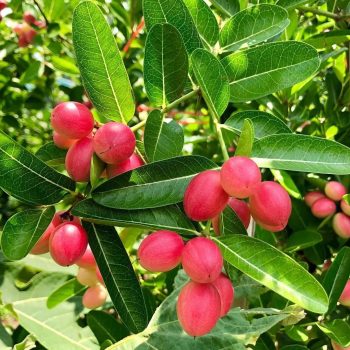 Pin
Pin Photo courtesy: official_bi2_
Karonda grows wild. You won’t find it lined up perfectly in supermarkets. You’ll find it in thorny bushes, tangled with dry leaves, thriving under the harsh sun. That’s what makes it different. It doesn’t try to please. It stays sharp, raw, and unapologetically real.
The fruit itself is small, round, and sometimes red, sometimes greenish-white. It’s so sour it almost shocks you. But when pickled, cooked, or even eaten raw with a little salt, it hits a nerve. It wakes you up. For those who grew up in the countryside, plucking karonda from a bush meant scratched arms, stained lips, and a sense of victory.
Karonda carries a rebel energy. It’s the kind of fruit that reminds you of freedom. It doesn’t beg to be cultivated or tamed. It survives on its own. And when you eat it, especially during a blistering summer walk, it gives you more than just taste—it gives you grit.
People overlook it, but karonda never needed praise to prove its worth.
6. Khirni – The Golden Bite of Childhood
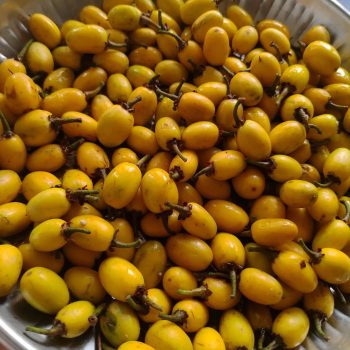 Pin
Pin Photo courtesy: bhavesh.badwal7
Khirni isn’t loud. It doesn’t call attention to itself with size or scent. But if you’ve tasted it, you’ll never forget it. These tiny yellow fruits, soft when ripe and sweet like honey, feel like a warm memory you didn’t know you were carrying.
Found mostly in village markets or plucked straight from trees in rural India, khirni isn’t easy to spot in cities. It ripens early in the summer, just when the heat begins to grow sharp. One bite and it melts—no sourness, no aftertaste. Just simple, pure sweetness.
It’s the kind of fruit grandparents would save for kids. You’d find a few wrapped in cloth, hidden in old tins, or handed quietly during a lazy afternoon. That’s the power of khirni—it’s not just about taste. It’s about trust, love, and the simple act of sharing something small and sweet.
In a world of polished fruits and branding, khirni stands quietly, holding on to something real. Something we forget we need.
7. Phalsa – The Taste That Lingers Beyond the Heat
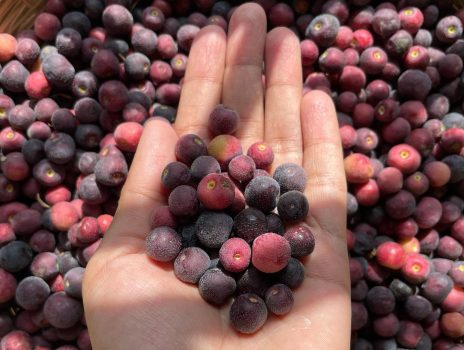 Pin
Pin Photo courtesy: thewildernesshomestay
Phalsa is tiny, but it holds entire summers inside its skin. You won’t find it easily. That’s part of its charm. It appears only for a few weeks each year, in small baskets carried by vendors who know how special it is. Dark purple, soft, and almost hidden beneath its white bloom, phalsa doesn’t beg for attention—it earns it.
Its flavor is sharp and layered. Sour at first, then a soft wave of sweetness. It doesn’t rush. It builds, lingers, and stays with you. Add a pinch of salt, maybe a splash of lemon, and you’ve got a drink that brings tired souls back to life.
What sets phalsa apart is how personal it feels. It’s not part of big fruit markets or Instagram smoothies. It belongs to older summers—of cotton clothes, hot tin roofs, and naps in rooms with no fans. Eating phalsa isn’t just about cooling down. It’s about remembering how to slow down.
It’s not trendy. It’s timeless. And that’s exactly why it matters.
8. Kokum – The Coastal Soul Cooler
 Pin
Pin Photo courtesy: amchegoa_
Kokum is more than just a fruit—it’s part of the soul of India’s coastal belt. Found in the western parts like Goa, Konkan, and Karnataka, this deep red fruit is usually dried and used in sherbets, curries, and cool summer drinks. The taste is sharp and sour, but somehow soothing. It hits you hard at first, then wraps you in comfort.
On humid days when even a breeze feels sticky, a glass of kokum sherbet can feel like a moment of peace. It cools your core and resets your senses. And it’s not just about the drink—it’s the whole ritual. The soaking of dried peels, the slow mixing with jaggery, the chilled clay tumbler. It brings back the slow rhythms of home.
Kokum is also known for its digestive properties and anti-inflammatory benefits. But honestly, most people love it because it reminds them of the coast—of sea winds, tiled roofs, and lazy afternoons.
It’s not just refreshing—it’s grounding. Like home in a sip.
9. Tarbooza Ke Chilke (Watermelon Rind) – The Fruit We Throw Away
 Pin
Pin Photo courtesy: culturedbreadbakery
Everyone loves watermelon. It’s a summer staple. But what gets tossed aside, almost every time, is the rind—the pale green part between the red flesh and the outer skin. In many Indian homes, though, that “waste” becomes something beautiful.
Tarbooza ke chilke are cooked into sabzis, pickles, or even chutneys. When prepared right, they’re tender, juicy, and carry a quiet sweetness. It’s not just about zero-waste living. It’s about how Indian kitchens have always known how to turn the overlooked into the unforgettable.
This part of the fruit teaches something bigger: value isn’t always obvious. It’s easy to love the juicy center. But the rind, when respected and treated with care, holds depth. It carries the kind of flavor that doesn’t scream—it builds. Slow, earthy, satisfying.
Eating tarbooza ke chilke brings back memories of frugal, loving homes. Of mothers and grandmothers who never wasted. Who saw worth in every corner of the kitchen.
The rind isn’t just leftovers. It’s tradition on a plate.
10. Kachri – The Desert’s Humble Answer to Summer
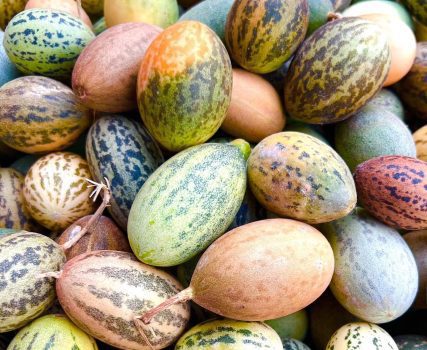 Pin
Pin Photo courtesy: masquerestaurant
Kachri isn’t flashy. It’s not juicy, not sweet, and definitely not something you’ll find on a five-star buffet. But for people living in the dry, sun-scorched regions of Rajasthan, it’s a lifeline. This small, round, wild melon looks like a miniature watermelon but grows stubbornly in the toughest soil—without much water, without any pampering.
Locals use it in chutneys, sabzis, and dry masalas. Its flavor is earthy, slightly tangy, and when dried, it becomes a key ingredient in spicy Rajasthani dishes. Kachri isn’t just food. It’s survival. It turns barren land into nourishment.
For many kids growing up in desert villages, kachri was a crunchy snack, eaten raw with salt and red chili, under the open sky. It reminds them of walking barefoot on hot sand, returning home with dust on their faces and this humble fruit in their hands.
Kachri doesn’t try to impress—it just shows up, year after year, when the land is at its harshest. That kind of quiet strength deserves respect.
FAQs
Most of these fruits are seasonal, highly perishable, or grow wild in specific regions. Supermarkets often prioritize long shelf life and large-scale supply chains, which many traditional fruits can’t keep up with. That’s why you’ll usually find them in local markets, roadside stalls, or rural areas—places that still understand their value.
Yes, deeply so. Many of these fruits—like kokum, bael, and phalsa—have natural cooling properties, aid digestion, and are packed with vitamins and antioxidants. Unlike processed snacks, these fruits are nature’s way of helping us survive India’s intense summers with flavor and nutrition.
Some, like shahtoot (mulberry), karonda, and bael, can be grown at home or on small plots of land. They need hot weather and a bit of patience. If you’re lucky enough to have space and sun, planting these trees can bring back forgotten flavors right to your doorstep.
Sadly, yes—many are fading out of urban diets. With fast food and imported fruits dominating attention, traditional summer fruits get left behind. But they still live on in villages, small towns, and the memories of people who grew up eating them under the sun.
Start with local farmers’ markets or weekend bazaars. Ask older vendors—they often know which fruits are in season. You can also plan visits to rural regions during summer and find these fruits sold on highways or roadside stalls. Sometimes, the journey to the fruit is part of the joy.

